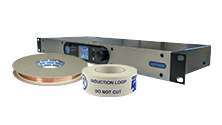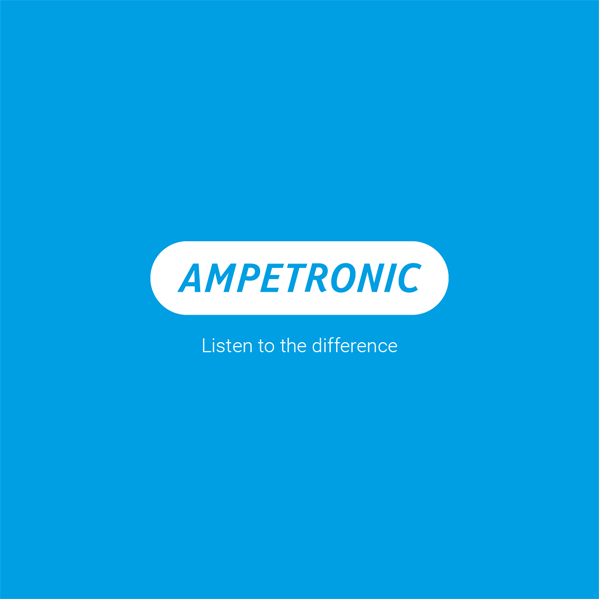There has been much talk about the Equalities Act since its introduction in 2010. In fact, many clients and end-user organisations, have asked me to define for them what “A reasonable adjustment to services could involve, in order to comply with the Act”.
My response to this type of enquiry always begins with me pointing out their moral and legal obligation to provide Assistive listening systems in all key locations and environments within their premises, and the requirement for those systems to be installed, commissioned and certificated to ensure that they provide a positive benefit to hearing aid users.
In the case of Induction Loops, I introduce them to the Code Of Practice BS7594:2011, and the Performance Specification EN60118-4:2006. Pointing out the need for standard compliant systems, which are ‘fit-for-purpose’, as opposed to ‘tick in the box’ solutions, which although often cheaper to buy and install, offer no or limited benefit to hearing aid users. In addition, I try to emphasise the moral obligation to let Hard of Hearing People retain their anonymity, primarily so that they consider, the somewhat discriminatory nature of desktop portable equipment, compared with fixed systems, as the intended user normally has to ask to use the system so it can be located
Okay, so for Induction Loop Systems, what constitutes ‘Reasonable Adjustment to Services’ ? Let’s take a look at a number of simple scenarios, considering the following:
- You have already appointed or taken advice from an Induction Loop Expert and / or a Disability Access Consultant
- You have already assessed your premises and business, to identify where systems are needed. For example: Service Desks / Counters, Help Points, Reception Desks, Till Points, Meeting Rooms, Board Rooms, Lecture Theatres, Classrooms, Conference Rooms, Car Park Barriers & Pay Points, Lifts, even outdoor venues either permanent or temporary.
- You appreciate that “One solution doesn’t necessarily fit all applications”. Your appointed Induction Loop Expert will be able to give you advice on the best solution for each application.
There are NO Induction Loop Systems currently in place
Steps must be taken to provide Induction Loops, in all key areas and locations as identified by your Local Specialist or Disability Access Consultant. Systems should be installed by a competent contractor and system performance certificated to EN60118-4:2006. In addition, each system location should be identifiable by suitable signage.
An existing system is in place, but performs poorly and is identified as NOT being Standard Compliant
Steps must be taken to improve the performance of the system. This may just involve the adjustment of existing hardware, or the location and configuration of loops. If the performance of existing hardware and loop configurations cannot be certificated to EN60118-4:2006, then replacement hardware & systems should be installed, and the operational performance certificated by a qualified engineer or technician. The performance of Induction Loop Systems can be affected by the presence of metal in the building structure. Your local specialist should be able to advise you of any system reconfiguration and design required to accommodate the presence of metal.
Systems perform to standard, yet the quality of speech delivered by the system is still very poor
It is essential to investigate the type and locations of microphones being used. There may be a need to relocate or replace microphones, or even add microphones to ensure good quality audio. Emphasis should be placed on the use of directional microphones, with a view to isolating the system from unwanted background noise that can discolour the speech and render it unintelligible. In an ideal world, either tie clip, or directional desktop microphones should be used, thus reducing the distance between the microphone and the speaker. The use of ceiling mounted Omni-Directional microphones is not normally recommended for speech applications, and are certainly not suitable for question and answer sessions in meeting rooms, lecture theatres and teaching rooms.
Our meeting room utilises a sound system, for video, pc audio etc. Do I need to feed this audio into the Induction Loop System as well as speech?
Yes, all available audio should be fed into the Induction Loop System. To deliver speech or program sound only, does not make sense and could be considered as discriminatory and not compliant with the Equalities Act. The use of additional hardware, such as an audio mixer may be required to accommodate the additional inputs to the Induction Loop System. Service providers should always appoint a qualified sound engineer to carry out any system changes or remedial works.
Do I have to install Induction Loops at ALL of our Cash Desks or Pay Points?
You should endeavour to deliver the same level of service to both normal hearing people and hard of hearing people. This suggests that you should install systems at all cash desks and pay points. However, the act does state that you should do this “wherever possible”. Many service providers use this as an excuse to limit the number of locations covered by Induction Loops, but this approach is somewhat discriminatory and also foolhardy. Service providers on the high street such as, banks, shops and super markets, should place emphasis on the ease of movement through their premises. To accommodate just one, two or a small number of cash desks could cause confusion and embarrassment for both the client and till operator. This ultimately could encourage the client to “vote with their feet” and not revisit your premises, resulting in a drop in revenue and profit.
The same logic should be applied to multiple: reception desk positions, car park barriers, service desks and lifts etc.
We have induction loops fitted, but visitors complain that they do not know that systems are located. What should we do?
To comply with the Equalities Act and the code of practice BS7594, it is essential to install suitable signage to ensure that clients and visitors know that Induction Loop Systems are in place, and where they are located. Signage is normally supplied with Induction Loop hardware at the time of purchase, but can also be purchased as separate items. It is also advisable to locate signage close to the entrance to your premises, inside the front window for example, so that clients know that your business provides access to Induction Loops for hearing aid users.



